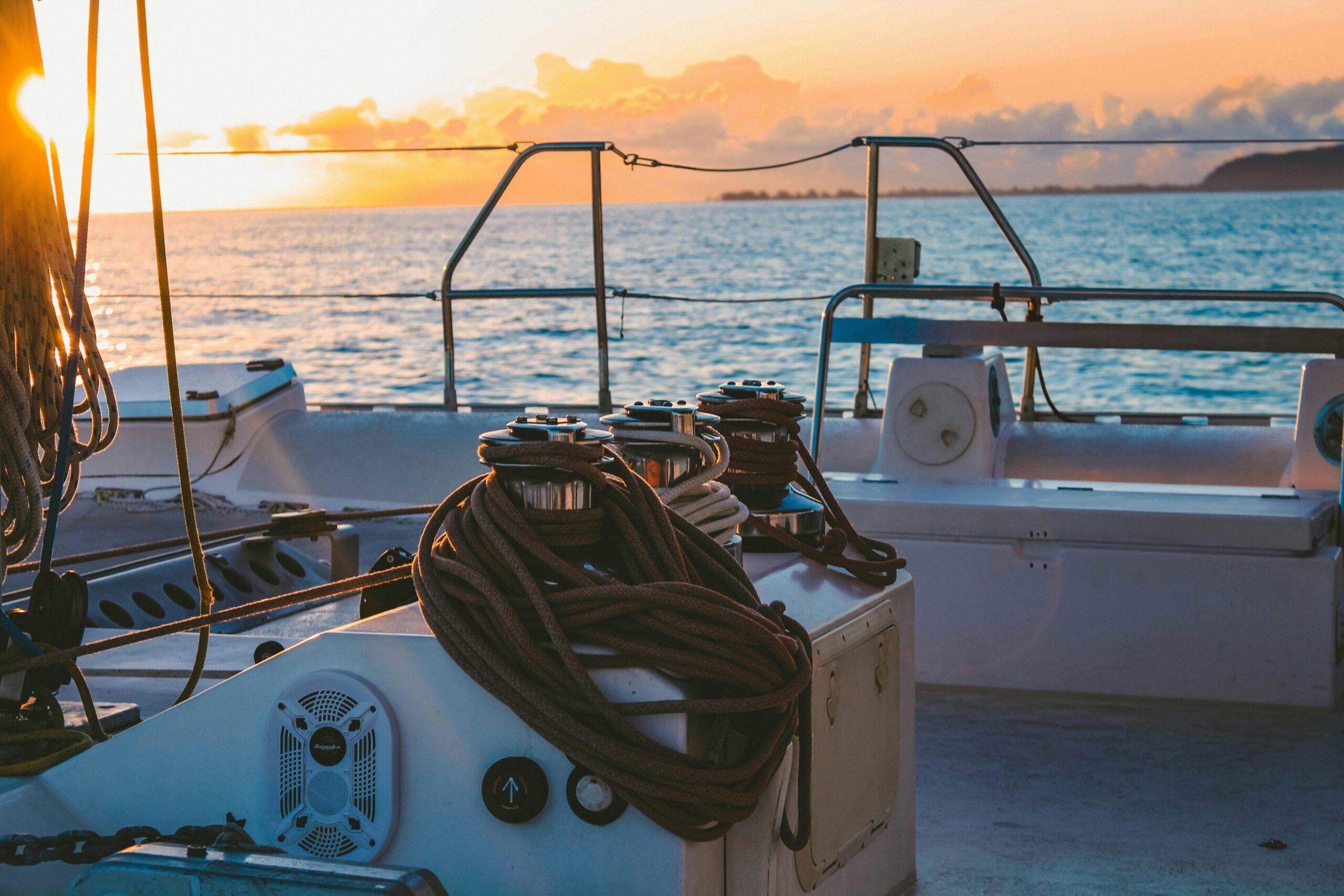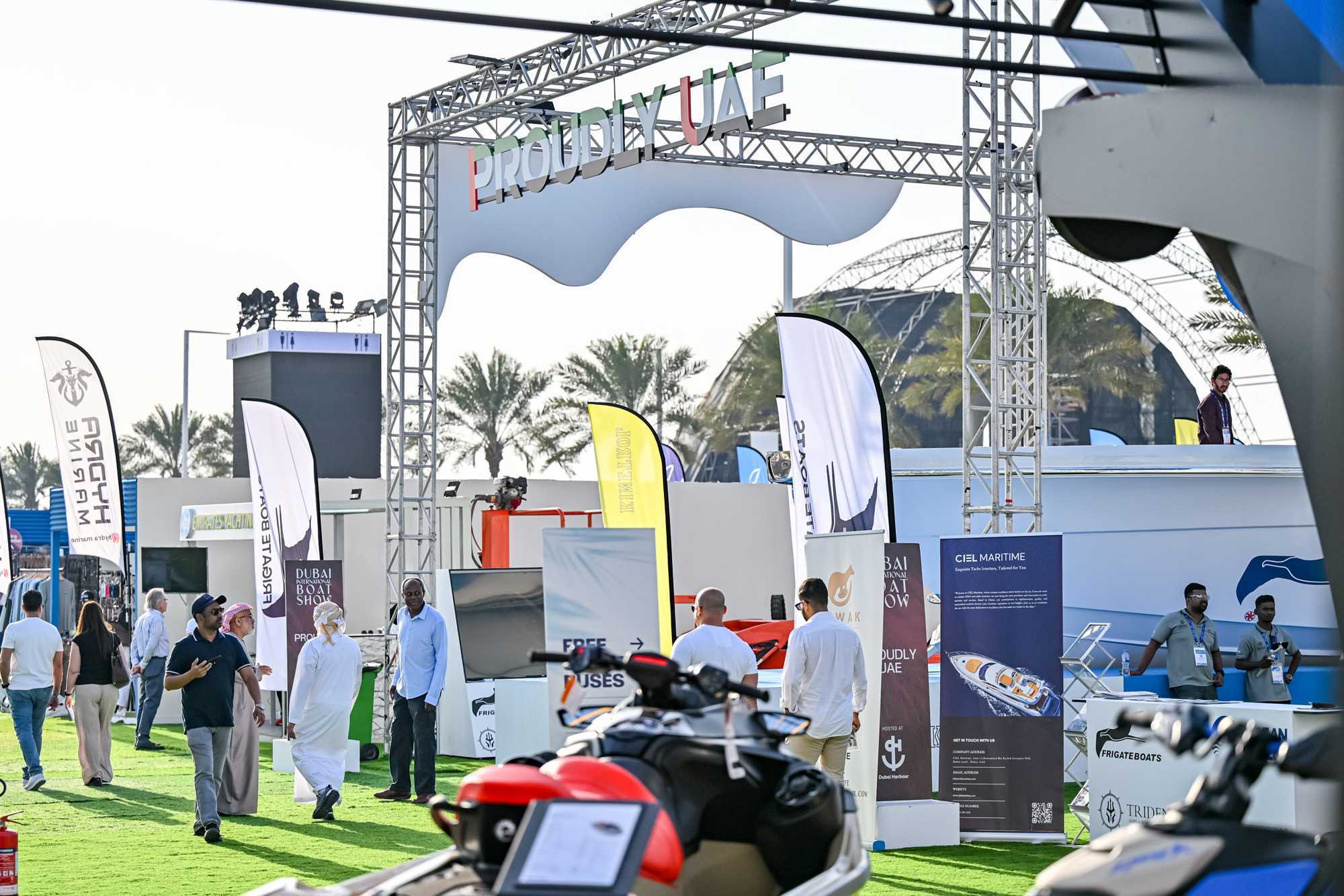Yacht customisation offers owners the opportunity to create a vessel that reflects their needs, but modifications are bound by legal, structural, environmental, and insurance constraints. Some yacht features are outright prohibited due to safety regulations, while others require careful engineering to integrate effectively. Understanding these limitations allows for informed decision-making when planning bespoke installations. This article explores key restrictions and the rationale behind them, but it also provides a brief overview of exciting customisation options that still fall within the boundaries of maritime law.
Legal And Safety Restrictions
Maritime regulations impose strict controls on yacht customisation to prevent safety hazards and environmental damage. These rules dictate permissible materials, onboard systems, and security measures, ensuring that modifications do not endanger passengers, crew, or marine life. Compliance with these regulations requires careful planning and collaboration with industry experts. Restrictions cover a wide range of features, from construction materials to security installations. International maritime laws outline specific prohibitions and safety requirements, covering key areas such as:
- Asbestos bans: Asbestos is prohibited in all maritime applications due to its severe health risks, particularly its link to respiratory diseases. Yachts must use certified, non-toxic materials that meet international safety standards to ensure compliance.
- Fire safety regulations: Open-flame cooking appliances are restricted in enclosed areas to minimise fire hazards. Yacht galleys often rely on induction cooktops or other electric alternatives that provide safer, high-performance cooking options without violating regulations.
- Waste disposal compliance: MARPOL Annex V forbids the discharge of untreated waste into the sea, requiring yachts to install approved waste management systems. These include onboard treatment facilities and designated storage areas for waste disposal at certified ports.
- Weapons restrictions: Private yachts cannot be equipped with high-powered firearms or military-grade security systems due to arms control regulations. Owners requiring enhanced security often employ non-lethal deterrents, such as high-frequency sound devices or water cannons, to ensure onboard safety within legal limits.
- Passenger capacity limits: Regulations restrict the number of guests on board to maintain safe evacuation procedures in case of emergencies. Compliance requires sufficient lifeboats, emergency exits, and onboard safety measures that align with international maritime safety codes.
Structural And Weight Considerations
A yacht’s structure determines the feasibility of modifications, particularly those that introduce significant weight. Features such as granite countertops, large-scale aquariums, or onboard submarines require extensive reinforcement to prevent instability. Modifications that alter the yacht’s superstructure, such as expanding decks or adding additional levels, can disrupt weight distribution, affecting vessel performance. Naval architects must account for hydrodynamic efficiency, ensuring that custom features do not compromise fuel economy or manoeuvrability. Effective yacht customisation requires striking a balance between design ambition and structural feasibility.
Environmental And Operational Constraints
Certain modifications impact both a yacht’s efficiency and its surrounding marine environment. Overly large pools or extensive spa areas increase water displacement, affecting vessel stability and fuel efficiency. Excessive underwater lighting disrupts marine ecosystems and can interfere with night-time navigation. Noise pollution from onboard entertainment systems can exceed regulatory limits, particularly in environmentally sensitive areas. Sustainable design solutions, such as energy-efficient propulsion systems and eco-friendly hull coatings, help reduce environmental impact without sacrificing luxury. Owners must consider these factors when designing their yacht to ensure seamless operation in diverse maritime conditions.
Insurance And Liability Restrictions
Insurance providers impose strict conditions on high-risk modifications. Onboard casinos are frequently excluded from coverage due to regulatory concerns and financial liabilities. Features like large-scale water slides or amusement park-style attractions increase accident risks, leading to higher premiums or outright coverage refusal. Experimental propulsion systems, while promising, often fall outside standard policy coverage due to a lack of long-term reliability data. Structural alterations that exceed recommended tolerances can void warranties, leaving owners financially exposed. Engaging with insurers early in the design process ensures that proposed modifications align with coverage requirements and mitigate liability risks.
You Can Still Customise Your Yacht In Exciting Ways
Regulations and engineering constraints define what can and cannot be altered on a yacht, but they do not eliminate the potential for significant upgrades. Some of the most practical and compliant modifications include:
- Lightweight structural materials: Carbon fibre and aluminium alloys provide strong reinforcement without adding unnecessary weight, making them ideal for superstructures and extensions.
- Retractable helicopter pads: Built with advanced composites, these landing areas maximise deck space while maintaining vessel balance and operational safety.
- Modular sea terraces: Reinforced with marine-grade steel, these additions expand outdoor living areas without compromising stability or overall hydrodynamics.
- Hybrid propulsion systems: Designed to reduce emissions and fuel consumption, these engines ensure compliance with maritime environmental regulations while maintaining range and reliability.
Structural modifications also allow for greater adaptability inside the yacht:
- Adjustable masts: These provide better clearance under bridges while maintaining the yacht’s overall structural integrity and sailing efficiency.
- Reconfigurable cabin spaces: Multipurpose layouts can be transformed for different uses while adhering to safety protocols and space efficiency standards.
- Gyroscopic stabilisers: These advanced systems significantly reduce motion discomfort, improving onboard comfort and usability in various sea conditions.
By incorporating these precision-engineered upgrades, yacht owners can enhance both functionality and onboard experience while staying within regulatory and safety limits.
Advancing Yacht Engineering
Yacht customisation is shifting toward precision-engineered solutions that balance performance, regulatory compliance, and owner preferences. Instead of simply adding extravagant features, naval architects are developing adaptable designs that integrate seamlessly with a yacht’s core structure. Advances in hull efficiency, stabilisation systems, and noise reduction technologies allow for a greater range of modifications without compromising safety or operational efficiency. Innovations in automation-free onboard systems and energy-efficient layouts ensure that modern yachts remain compliant with evolving industry standards.
The Dubai International Boat Show continues to present the latest breakthroughs in yacht engineering, demonstrating how technology and expert craftsmanship are redefining what is achievable in bespoke yacht design.
See some of the best-looking yachts around. Get your tickets to DIBS 2025 now!





